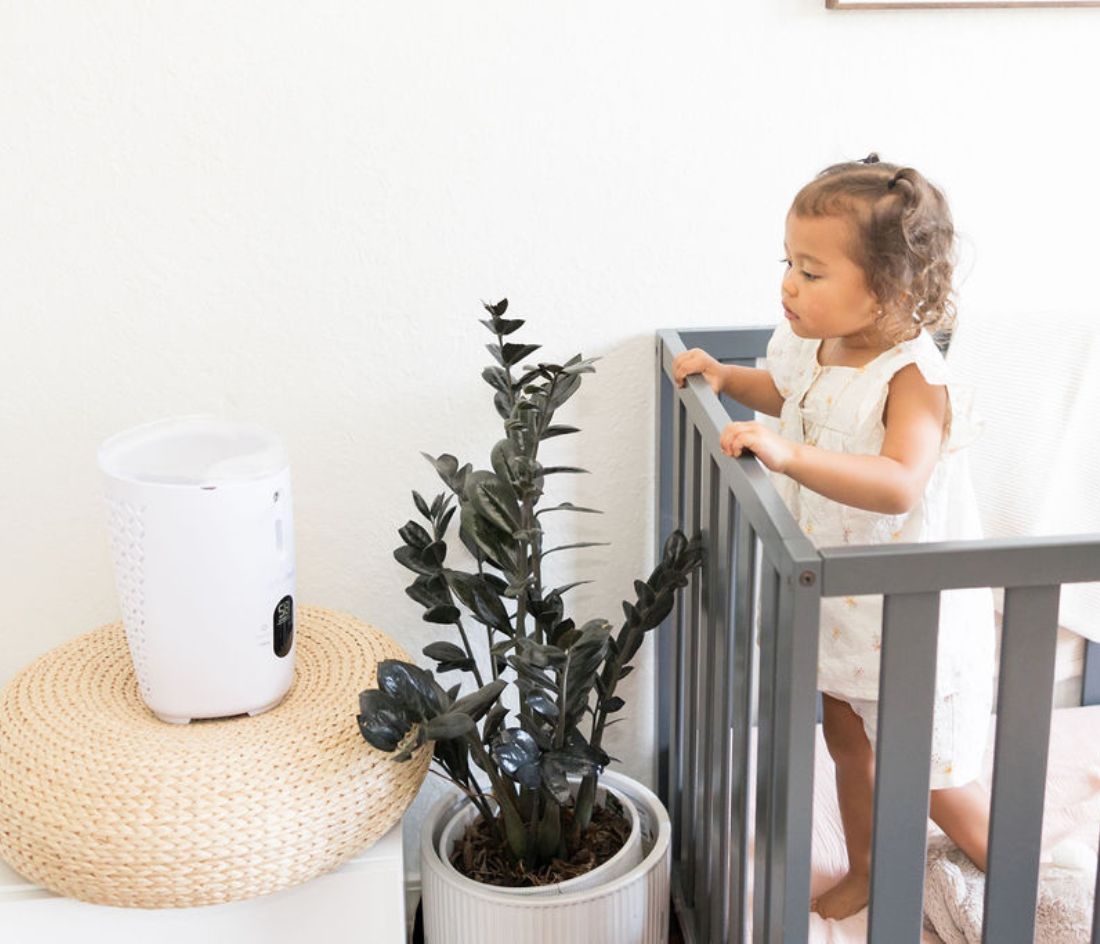Guest post by Holly Sanford, RN, BSN, CPEN
Thanks for joining us for our newborn baby breathing series! If you missed it, last month we covered everything you need to know about newborn baby breathing.
Breath-holding spells can be frightening to witness for a parent. When a seemingly small disappointment quickly turns into a full blown meltdown, your child turns bluish in color and passes out. Around 5% of healthy children experience breath-holding spells, and they are typically benign. Breath-holding spells can begin as early as 6 months and last until around 6 years old, with the peak occurring during the toddler years.
What Parents Need to Know About Breath-Holding Spells
If you are unfamiliar with the term "breath-holding spells," this occurs when it appears that children are intentionally holding their breath, but they are not. This medical condition is an involuntary reflex of the body, meaning they do not have control over the event. These spells can be very scary and you should work with your pediatrician to confirm this diagnosis and she/he should help you understand the different types of breath holding spells.

Types of Breath-Holding Spells
There are two different types of breath-holding spells that parents need to be aware of.
Cyanotic breath-holding spells
These types of spells are the most common. Cyanotic breath-holding spells are typically triggered by a strong feeling of anger, fear, disappointment or pain. Usually, the child will take one or two long cries and then turn bluish and faint. Although it may seem much longer, the child should wake up in about a minute.
Pallid breath-holding spells
These spells are less common and usually occur after a sudden painful or frightening experience. The child will turn a grayish pale color and then faint. Similar to cyanotic episodes, the child should wake up in about a minute.
What to Do When a Breath-Holding Spell Occurs
—If this is your child’s first incident or if the spells change, notify your provider or call 911 to rule out any underlying complications. Notify your provider if you are ever concerned.
—When you notice your child is becoming upset, intervene to help your child calm down. It is important to identify triggers to manage distress with positive coping skills. Consistent boundaries and guidelines will help the child become well-adjusted emotionally and decrease breath-holding spells incidents.
—If your child does pass out, the incident should only last 1 to 2 minutes. Make sure your child is lying flat to promote blood flow to the brain. If there are any concerns or something looks different or concerning you should notify your provider or call 911.
—Place a cold washcloth on the child’s forehead.

—After the child returns to consciousness, provide comfort. The child will probably feel confused and scared immediately following an incident. It is important to maintain the boundaries that you have set since giving in will reinforce the child’s need to exhibit the tantrum behavior. Try to redirect the child’s attention towards another positive activity or object. Deep breathing is another great mechanism to implement with older toddlers and children.
If your child experiences breath-holding spells, you are not alone. Remember that you are doing a wonderful job as a parent and this is a physiological experience. The most effective action you can take is partnering with your child to develop healthy coping skills when facing disappointments.
One of the most powerful interventions is to immediately acknowledge the strong feeling and tell the child the feeling is okay. For example, your toddler desires to play with a toy that he cannot have in the moment. Say something like “You feel sad that you cannot play with that truck right now. It’s okay to feel sad. When she is finished, you may have a turn. Look! I see another blue truck over here. Let’s play with this truck right now and it will be so much fun.” Share with other friends and family members who are actively involved in the child’s life what works best.
Your repetition, patience and love will pay off while working through the breath-holding spells phase. As Anxiety and Parenting Expert Jane Evans says, “when a child can’t calm down they need connection and comfort, not criticism and control.”
Need more info from our breathing basics series?
- 6 Signs of Respiratory Distress in Children
- The Importance of Tummy Time on Your Infant's Breathing
- Month One: What Parents Need to Know About Newborn Breathing
- Why is Laryngomalacia?
Holly Sanford, RN, BSN, CPEN is a mother and a pediatric nurse of 9 years with a lifelong passion for helping children and their families. In her free time, she loves cooking new recipes, traveling to unique places and staying active with her family.
And make your mom life easier, too!



